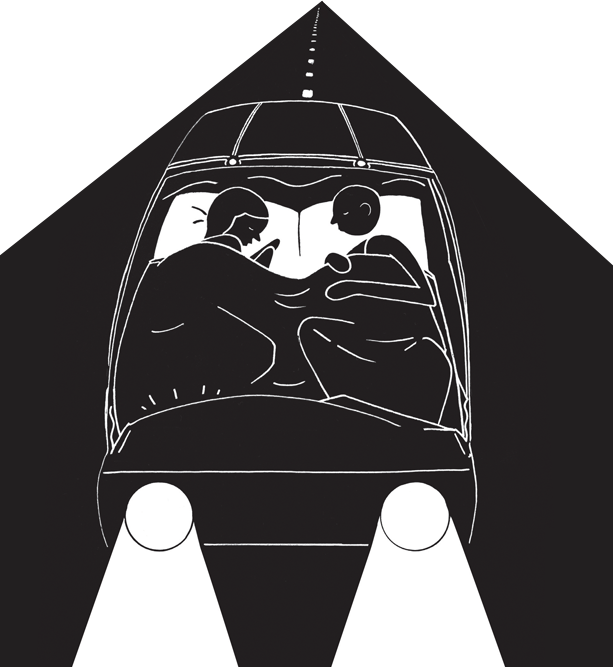ZEITGUIDE TO A DRIVERLESS FUTURE

At CES 2017, the C could have stood for “cars.” The whole North Hall of the Las Vegas Convention Center was taken over by carmakers and suppliers, showing that technology is about to remake our wheels the same way it did our telephones.
“Last year was almost an unveiling of the Auto 2.0 vision,” Goldman Sach’s Kyle Jessen remarked in the company’s weekly newsletter. “This year, we can start to see some of the actual puzzle pieces coming together that will be the building blocks for the autonomous mobility future.”
Automakers offered a few guesses at how we’ll pass the time with our eyes off the road. BMW’s concept car, in the most optimistic view, included a bookshelf.
To The Information’s Amir Efrati, these concept vehicles were a way for many carmakers to insert themselves into the conversation—without delving into whether they have the self-driving technology in place yet. “The confused state of many carmakers is great news for tech companies like Waymo, Baidu, Uber and Nutonomy,” writes Efrati. “The uncertainty of carmakers means they’re more likely to partner with these software firms.”
One such partnership made headlines at the Detroit Auto Show this week: a Chrysler minivan topped by an aftermarket system by Waymo (formerly known as the Google self-driving car project). Waymo has also been in talks with Honda.
Some major automakers are committed to developing their own driverless technology. Ford, BMW and Volvo expect to have driverless cars mass-produced for public roads in the next decade. Elon Musk says a driverless Tesla will complete a cross-country journey by the end of this year.
Self-driving cars, so far, aren’t really aimed at individual buyers. Rather, automakers are envisioning a fleet of taxis or ride-share cars that are available, labor-free, at all hours. “It’s very clear that the first application of autonomous vehicles is in a ride-sharing setting,” GM President Dan Ammann said in an interview with Business Insider from October of 2016. Uber started rolling out driverless cars (with a safety driver) last year in Pittsburgh and San Francisco, until the California DMV stepped in. Lyft will introduce semi-autonomous cars on fixed city routes this year.
The implications go well beyond being able to crack a book in your Beamer. Autonomous cab-style service could further tilt the math against private car ownership, particularly in urban settings. Cars sit parked 96% of the time, after all. If shared driverless cars become the norm in cities, we’ll need far fewer garages and parking lots (and maybe we’ll waste a lot less of our lives looking for parking).
Winning over public and political support, however, remains a big hurdle. A Kelley Blue Book study found that 80% of Americans want to keep the option of driving themselves. That goes double for those for whom driving provides a paycheck. We have some 230,000 taxi drivers in the U.S. and more than 3 million truck drivers. To protect such jobs, one group in upstate New York is advocating a 50-year ban on driverless vehicles. So don’t tear down all the parking garages just yet.
